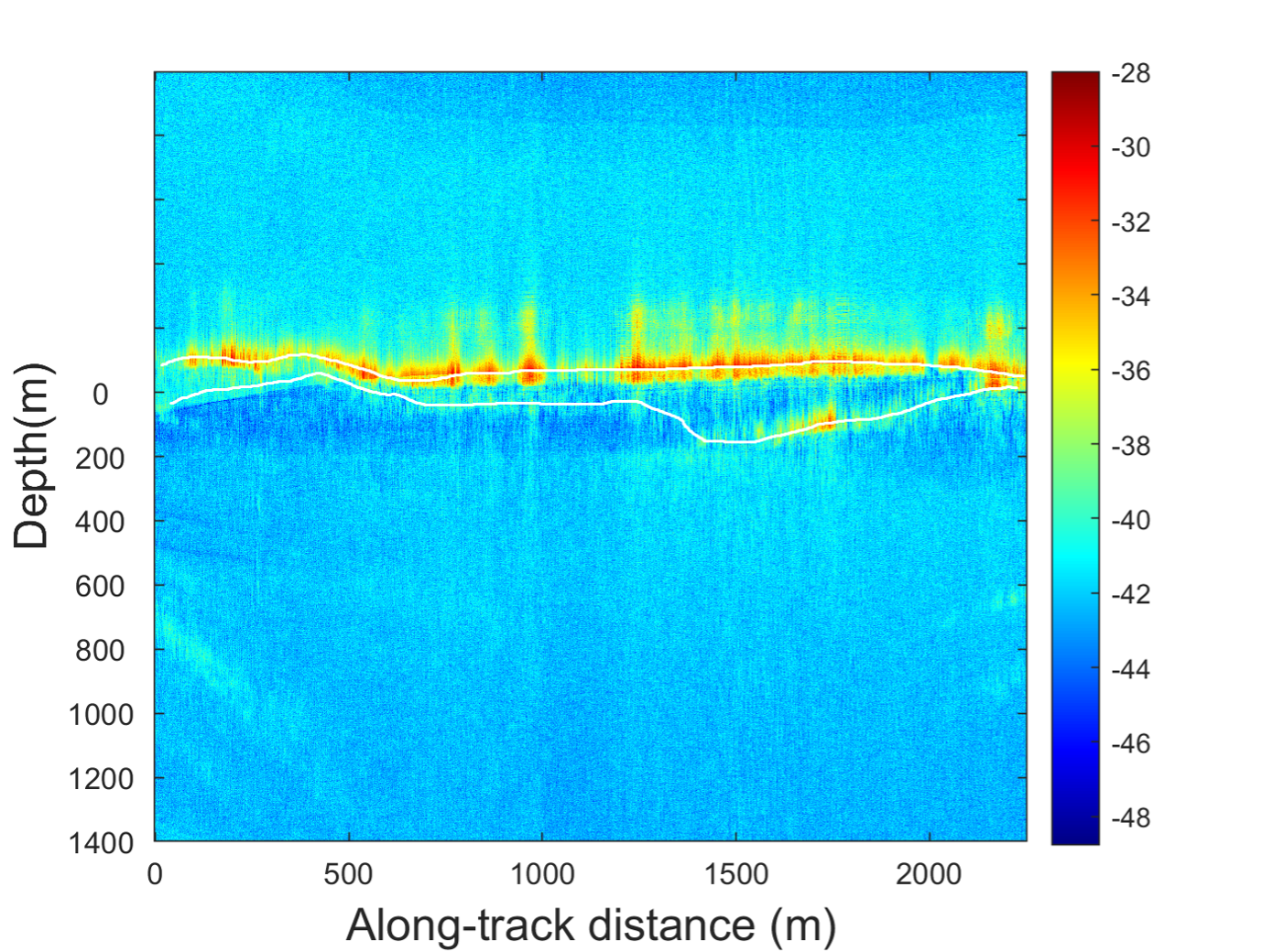Chinese Aeronautic Remote Sensing System Acquires World's First Multi-Source Detection Dataset of Mountain Glacier
May 19, 2023
Using an aeronautic remote sensing system, Chinese scientists have obtained effective mountain glacier data during an ongoing airborne-ground science experiment on detecting the condition of Bayi Glacier in Haibei Tibetan Autonomous Prefecture, northwest China’s Qinghai Province, according to the Aerospace Information Research Institute (AIR), Chinese Academy of Sciences (CAS). It is the first time internationally that a combined P-band, L-band, and VHF-band radar glacier detection experiment was conducted based on an airborne platform.
As part of China’s Second Comprehensive Scientific Expedition to the Qinghai-Tibet Plateau and the scientific demonstration program of the P-band synthetic aperture radar (SAR) satellite, the experiment is jointly conducted by the Institute of Qinghai-Tibet Plateau Research, the Aerospace Information Research Institute, the Northwest Institute of Eco-Environment and Resources, and the Innovation Academy for Precision Measurement Science and Technology with the Chinese Academy of Sciences and Wuhan University.
The experiment started on March 20 and is scheduled to end in mid-May. By far, a total of 11 flights have been conducted by the aerial remote sensing system, including seven flights for P/L-band tomographic and interferometric imaging, four flights for VHF-band fluoroscopic imaging, and 4.6 TB of valid data have been acquired.
The experiment has carried out simultaneous optical and LiDAR observations of the ice surface, as well as onboard instrument calibration of the ice surface, ground-penetrating radar glacier thickness measurement, and ultra-long-range 3D laser point cloud imaging.
Preliminary data analysis shows that the 3D reconstruction results of P-band and L-band SAR images can reflect the changing trend of glacier surface elevation, which is basically consistent with the results of airborne 3D LiDAR and ground survey.
The VHF data provides a clear glacier profile, which can clearly reflect the interface line of atmosphere, ice surface, and bedrock, as well as the artificially placed electrical anomalies located at 80 m depth of the ice core borehole. The depth of the profile interpretation is basically consistent with the ground-sounding results.
The preliminary results show that the experiment has validated the comprehensive observation technique of glacier characteristics and obtained valid data, and verified the feasibility of the P/L/VHF bands joint experiment.
In the future, the data obtained from the experiment will be further opened and shared in the National Tibetan Plateau Science Data Center to promote the further development of remote sensing inversion methods for glacier thickness and internal structure.
Prof. WU Yirong, Director-general of AIR, noted that the VHF band airborne radar onboard is China’s first domestic aerial glacier detection payload independently developed by AIR. “It is also the first time a domestic remote sensing aircraft has flown above 4,500 meters in the mountain region”, he added.
This experiment showcases the capability of using aerial remote sensing to monitor glacier thickness and estimate ice reserve, marking the development of the next-generation cryosphere remote sensing technology.
As a national major science and technology infrastructure hosted by AIR, the aeronautic remote sensing system was officially put into operation in July 2021. Featuring the most comprehensive aerial remote sensing platform and scientific experiment platform in China, it has undertaken various scientific research tasks such as large-scale aviation remote sensing comprehensive scientific experiments, new remote sensing payload calibration, disaster and environmental monitoring, and obtained a large number of valuable scientific data.

Launching ceremony of aerial flight for mountain glacier detection experiment. (Image by AIR)

Digital Orthophoto Map (DOM) of the Bayi Glacier. (Image by AIR)

The experimental team used ground-penetrating radar to survey glacier thickness. (Image by AIR)

Preliminary interpretation of glacier-bedrock interface based on VHF-band airborne radar data. (Image by AIR)



News & Events